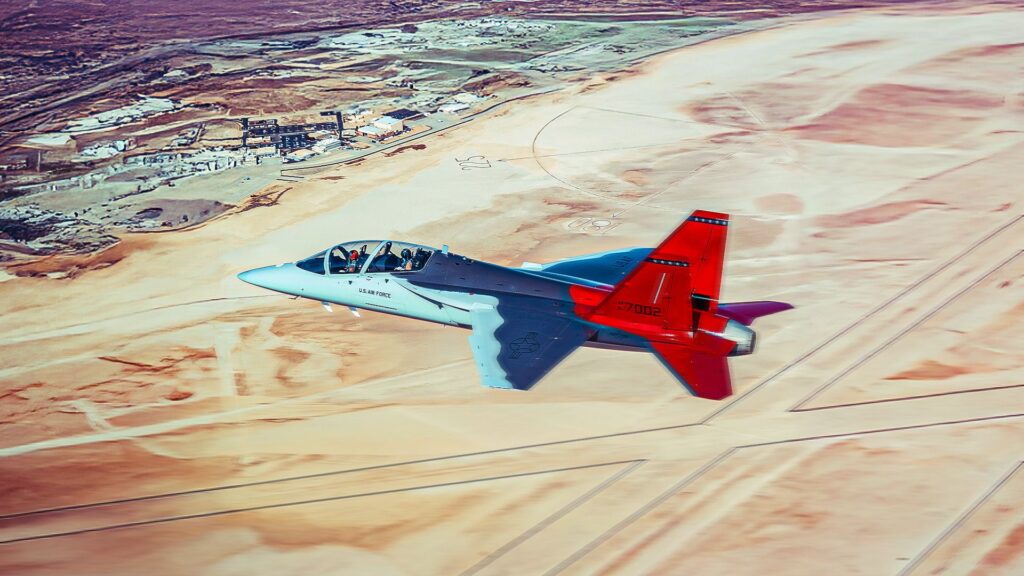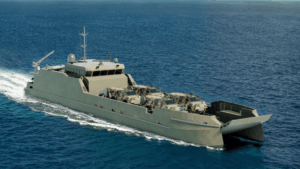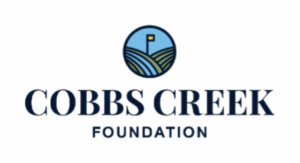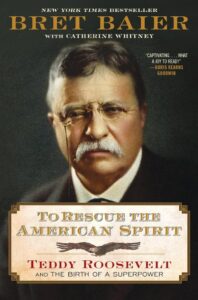
The United States Air Force (USAF) is set to revolutionize its pilot training with the introduction of the T-7A Red Hawk, a modernized jet trainer developed by Boeing and Saab. Designed to replace the aging T-38 Talon, the T-7A promises enhanced performance, advanced technology, and a more effective training experience for future aviators. The initial contract includes the procurement of 351 T-7A units at a cost of $9.2 billion, with Boeing aiming for total global sales of approximately 3,000 jets.
Equipped with a modular systems architecture, the T-7A offers lower maintenance needs and superior technology, featuring a thrust capability three times greater than that of the T-38. The aircraft is specifically designed to train pilots for fifth- and sixth-generation fighter jets, incorporating embedded training software that can seamlessly connect with existing simulators. This integration allows for a more comprehensive training evolution, enabling instructors to simulate a wide range of combat scenarios quickly.
Modernizing Pilot Training
The T-7A Red Hawk is expected to significantly enhance the effectiveness of pilot training programs. According to General Matthew A. Leard, director of plans, programs, requirements, and international affairs at Air Education and Training Command, “The main thing that we’re focused on with T-7 right now is we’ve got to get that airplane.” The aircraft’s fly-by-wire avionics and advanced aerodynamics facilitate a safer and more efficient learning environment compared to the T-38.
With the Red Hawk, the USAF can expand its training focus beyond foundational flying skills. The aircraft’s high thrust-to-weight ratio, powered by the GE F404 turbofan, allows for high-G maneuvers and advanced handling characteristics, closely resembling those of modern fighter jets. This shift will enable students to engage in tactical training earlier in their development, honing decision-making and systems management skills essential for contemporary aerial combat.
The T-7A benefits from decades of technological advancements, including improvements in avionics, materials, and aerodynamics. It not only outperforms the T-38 but also operates more efficiently, reducing fuel consumption and maintenance costs. This positions the T-7A as the ideal successor to a trainer that first entered service in 1961 and has since played a crucial role in training pilots for various missions, including those at the US Navy’s Top Gun school.
Innovative Training Systems
A key feature of the T-7A is its integration with the Ground-Based Training System (GBTS), which utilizes advanced simulators and training devices to enhance pilot instruction. This system employs cameras mounted on the T-7A to create immersive training environments, allowing students to experience realistic scenarios without relying solely on live flights. The GBTS aims to provide students with more opportunities for practice, fostering stronger muscle memory and familiarity with the aircraft before they take to the skies.
The GBTS also simulates G-forces and offers an 8K visual environment, which can significantly enhance training fidelity. The USAF plans to acquire 46 GBTS simulators to complement its T-7A fleet, maximizing training efficiency and safety.
Another innovative approach involves Live, Virtual, and Constructive (LVC) integration, which combines real aircraft with ground-based simulations and computer-generated scenarios. This methodology enables comprehensive training experiences where T-7A pilots can engage in joint operations with other military assets, preparing them for modern combat environments.
As the USAF looks toward the future, the T-7A’s capabilities could potentially eliminate the need for interim training aircraft such as the T-6A Texan II. With the T-7A’s extensive training potential, the USAF may transition directly to this advanced platform, streamlining pilot training processes. As General Leard noted, “Is there a way to bridge into the T-7 off the bat, and get to those competencies earlier and for everyone? That is really what we’re looking at.”
The Red Hawk’s introduction marks a significant step forward in military aviation, not only for the USAF but also for the future of air combat training.
In addition to its advanced technology, the T-7A is named in honor of the “Red Tails,” a group of historic pilots from World War II known as the Tuskegee Airmen. The legacy of these courageous aviators is commemorated in the T-7A’s design, which features the distinctive red tail livery. The Tuskegee Airmen’s contributions to U.S. military history were recognized with a Congressional Gold Medal in 2007, underscoring the importance of their service and the values they represent.
As the USAF prepares to transition to the T-7A Red Hawk, the future of pilot training appears poised for a transformation that combines cutting-edge technology with a rich legacy of bravery and excellence.







